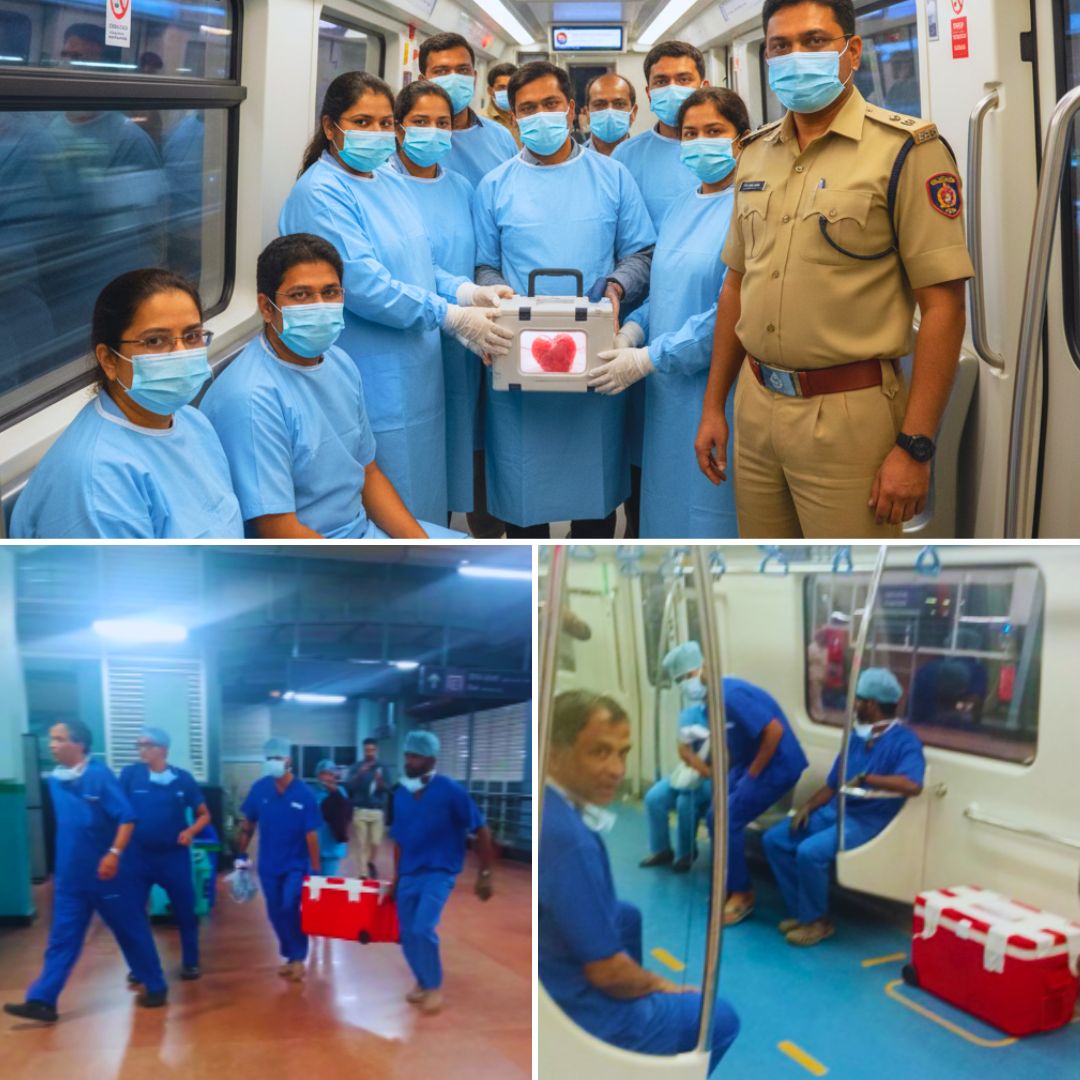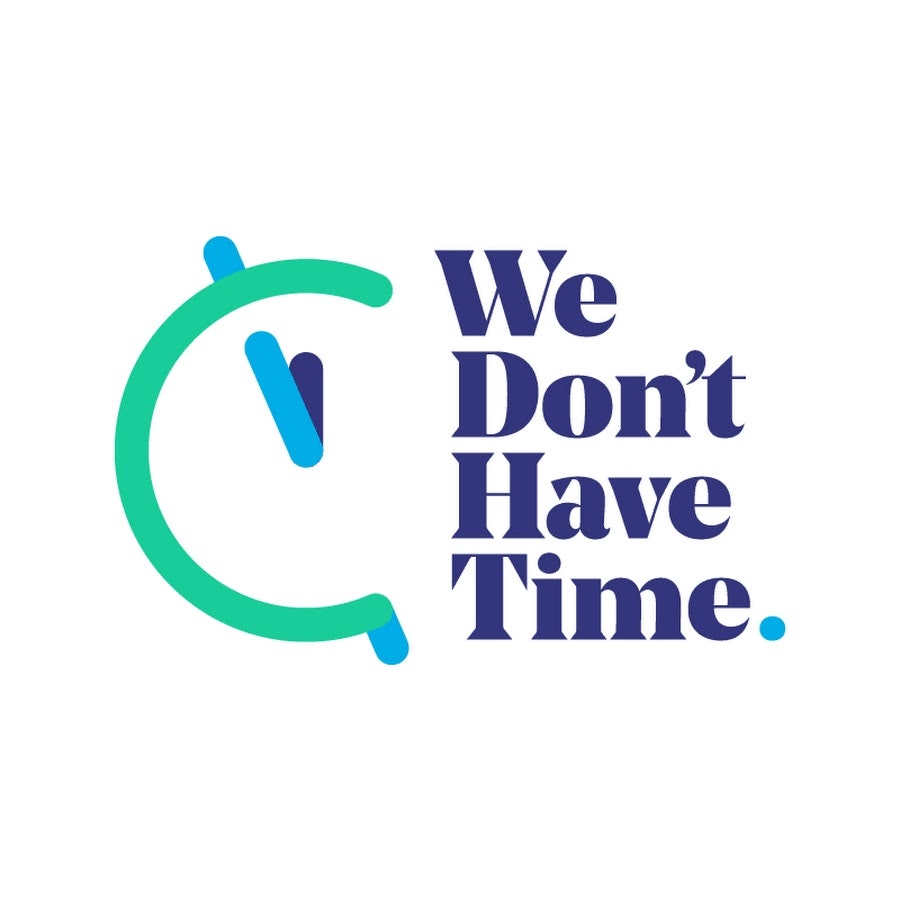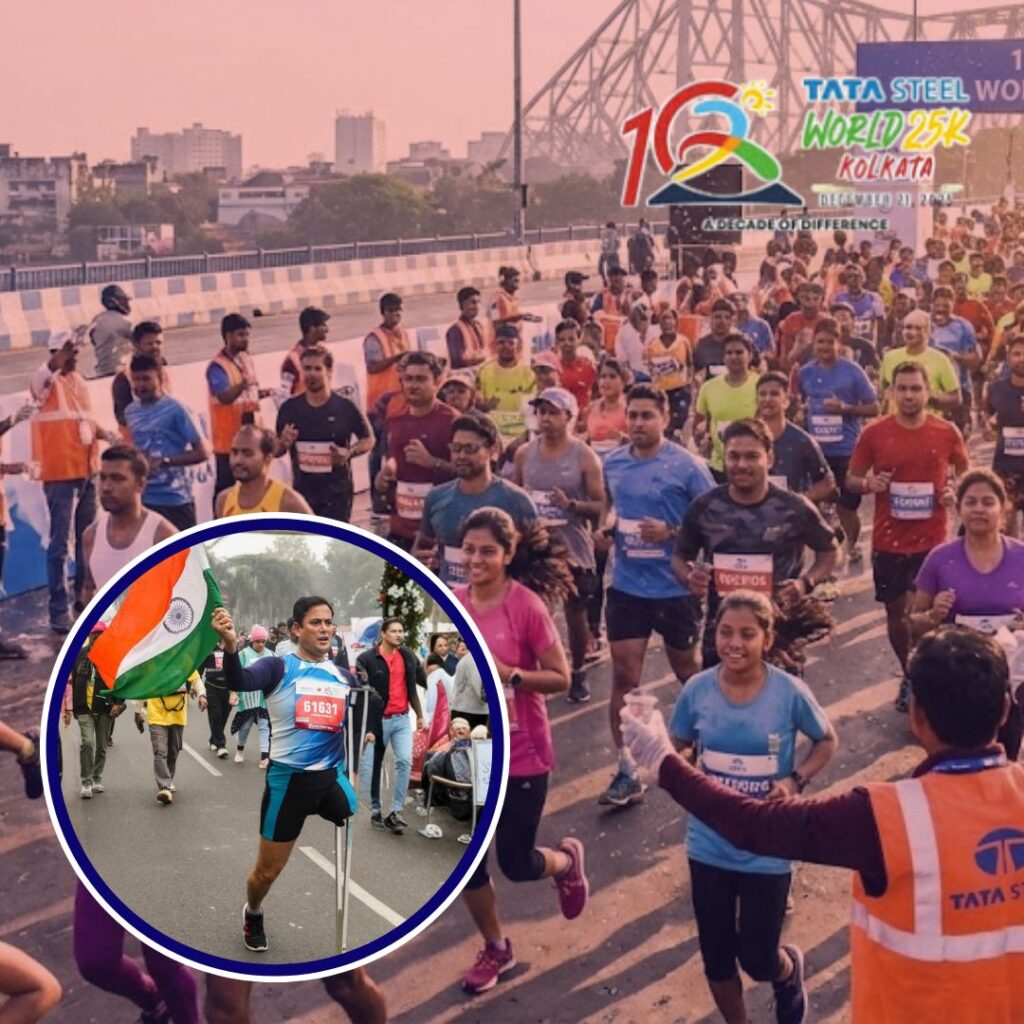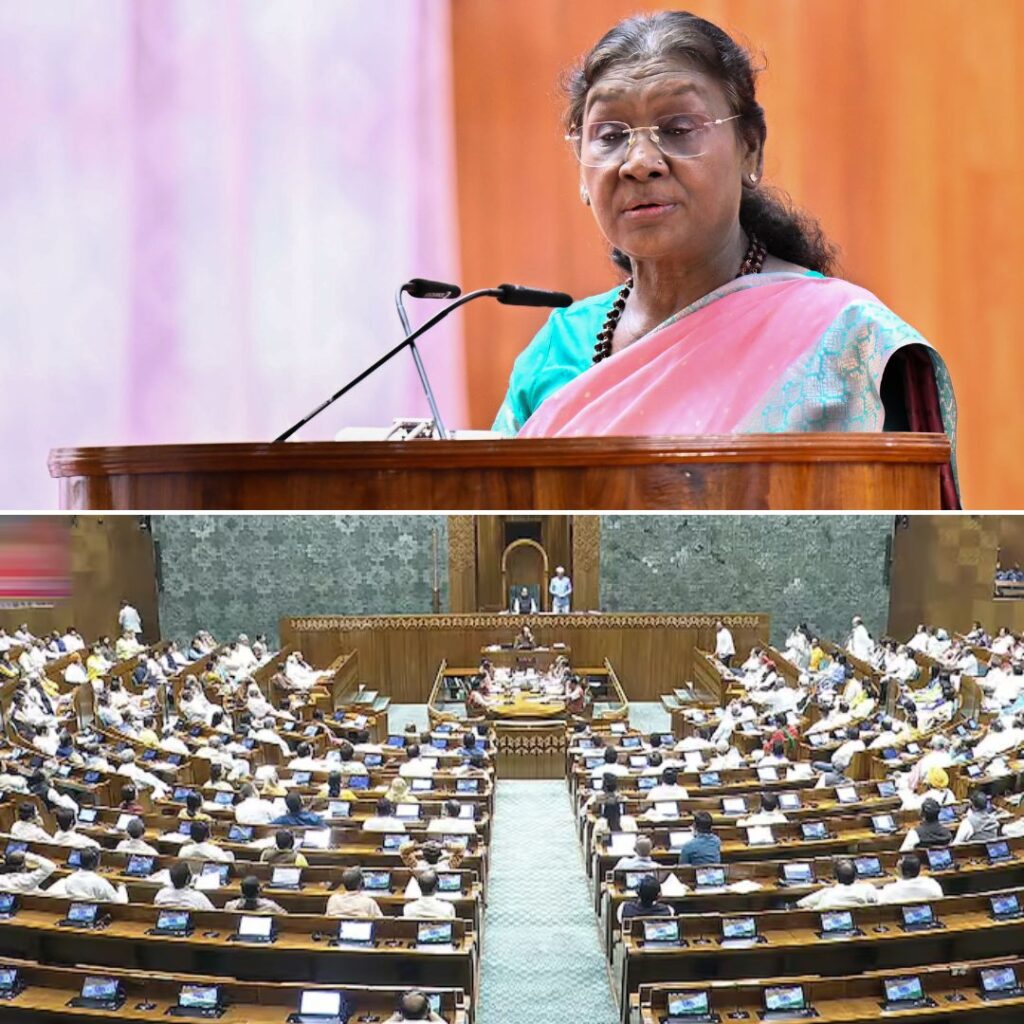In a historic operation on September 11, 2025, Bengaluru’s Namma Metro delivered a living human heart from Sparsh Hospital, Yeshwanthpur, to Apollo Hospital, Seshadripuram, in just 20 minutes across seven stations.
Coordinated by a team of medical professionals and the Bangalore Metro Rail Corporation Limited (BMRCL), the successful procedure set a new benchmark for organ transport, with city and metro officials commending the teamwork and preparedness behind the life-saving mission.
Speed, Security and Seamless Coordination
The mission began at 11:01 pm, when an ambulance brought the donor heart and a medical team to Yeshwanthpur Metro Station. Eight medical staff, accompanied by BMRCL Assistant Security Officer Honne Gowda and two Home Guards, boarded a specially reserved metro coach for uninterrupted passage.
They reached Mantri Square Sampige Road Metro Station by 11:21 pm, after stopping at seven stations in record time. “Our priority was saving a life,” a BMRCL spokesperson noted, as metro authorities only charged the standard fare, emphasising accessibility for emergencies. Honne Gowda reported, “Security arrangements and direct coordination with doctors ensured the organ’s safe passage with no delays.”
Local residents and social-media posts hailed the move as a model for urban medical response.
Setting a Precedent for Indian Cities
This landmark event was preceded by another medical emergency in August, when Namma Metro helped transport a living liver sourced from Vydehi Hospital to the transplant site. Bengaluru is now the second city in India, after Hyderabad, to deploy its urban rail system for emergency organ transportation.
The metro’s time-saving efficiency is key: critical organ transplants require prompt delivery to maintain viability. In both recent operations, ambulances, metro security, and medical professionals synchronised movement at each stage, with clearance of elevators and streamlined handovers at stations.
BMRCL has pledged ongoing support for similar urgent needs, indicating public transport’s growing role as a partner for Indian healthcare systems facing traffic congestion and narrow timelines.
The Logical Indian’s Perspective
BMRCL’s rapid response demonstrates the transformative potential of India’s public infrastructure when directed towards saving lives. Such collaborative actions speak to the values of empathy, civic responsibility and neighbourliness that form the backbone of harmonious urban societies.
The successful synergy between doctors, metro staff and administrators shows how timely innovation and kindness can bridge gaps in medical access.
BMRCL facilitates the timely transport of a live human heart. Check the media release for more details. pic.twitter.com/bcXDR2hg20
— ನಮ್ಮ ಮೆಟ್ರೋ (@OfficialBMRCL) September 12, 2025












